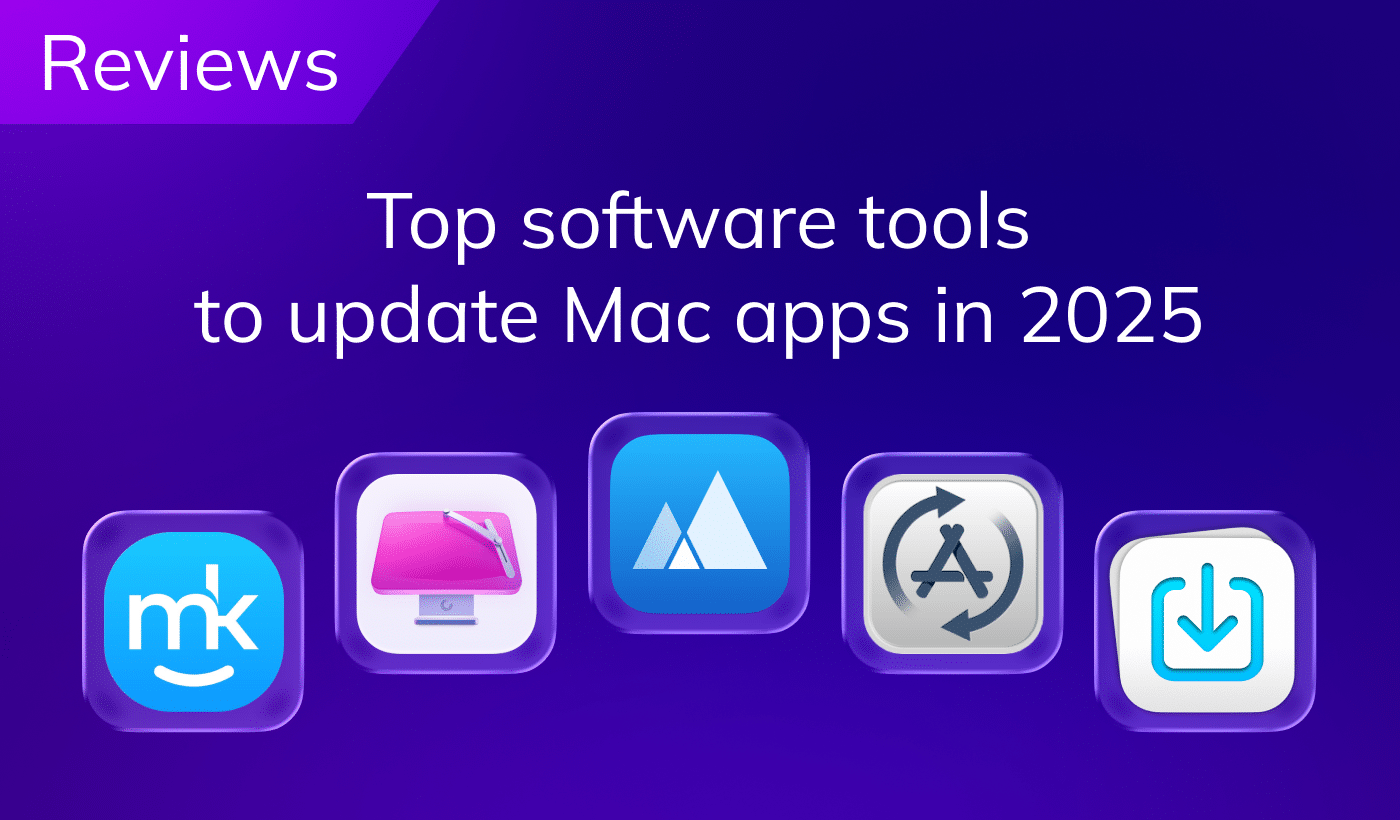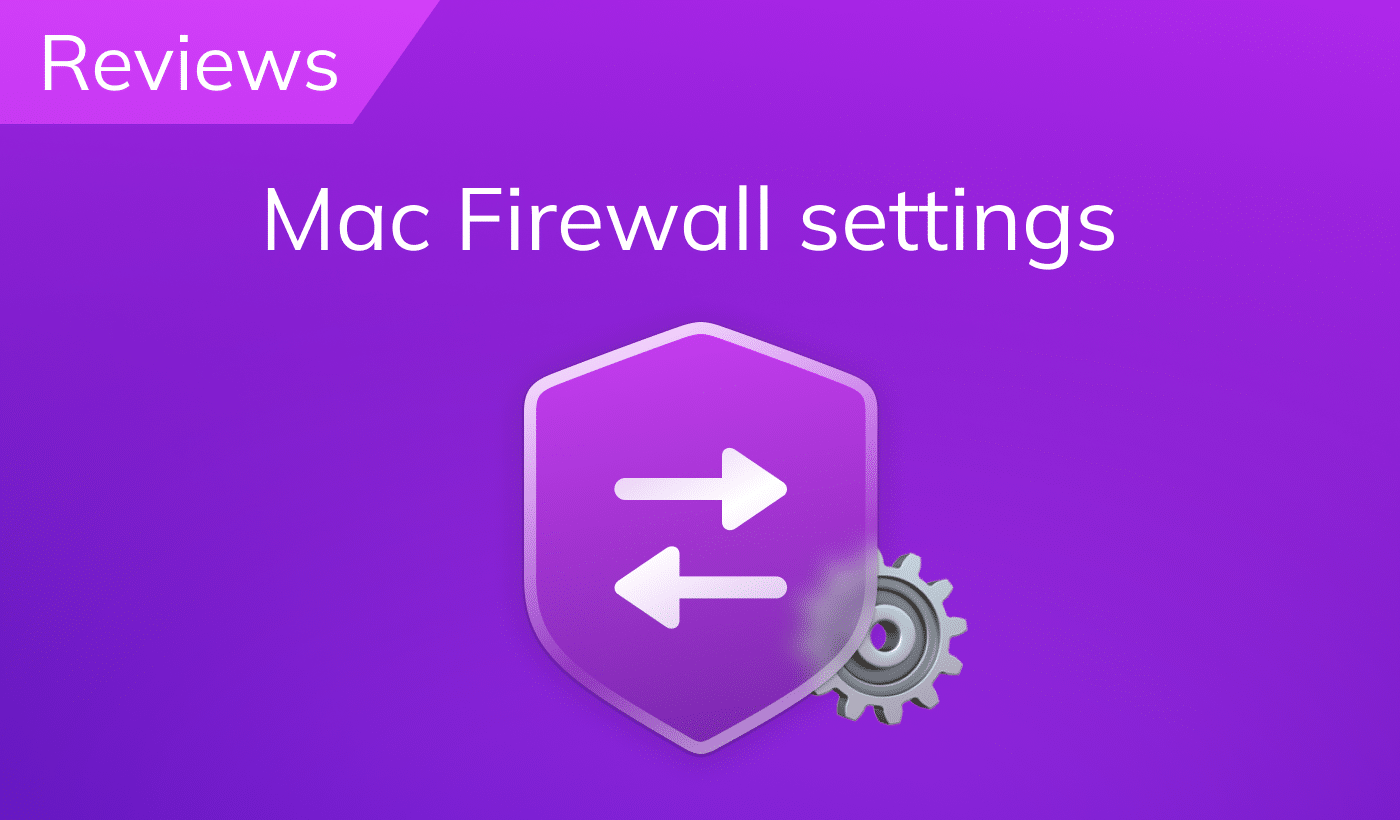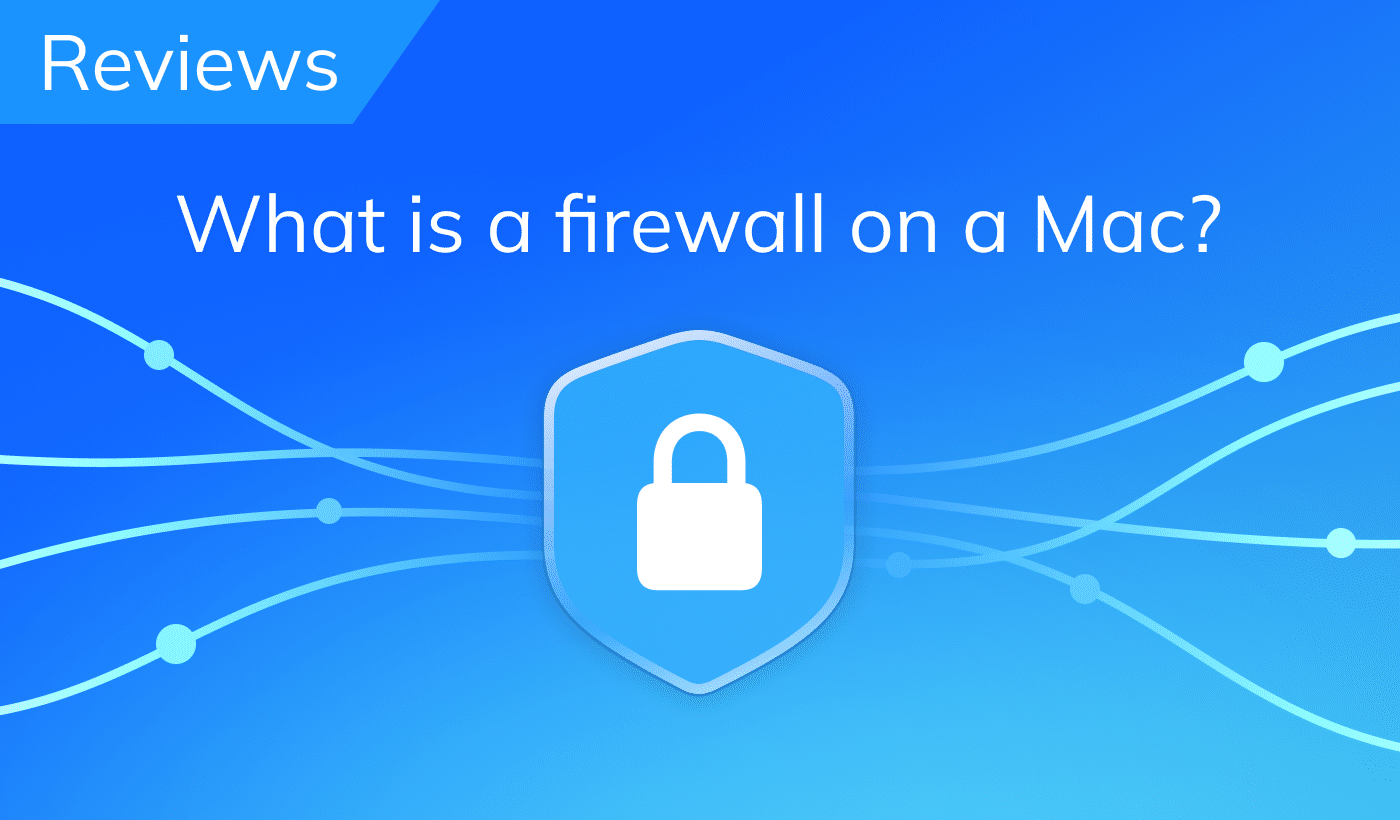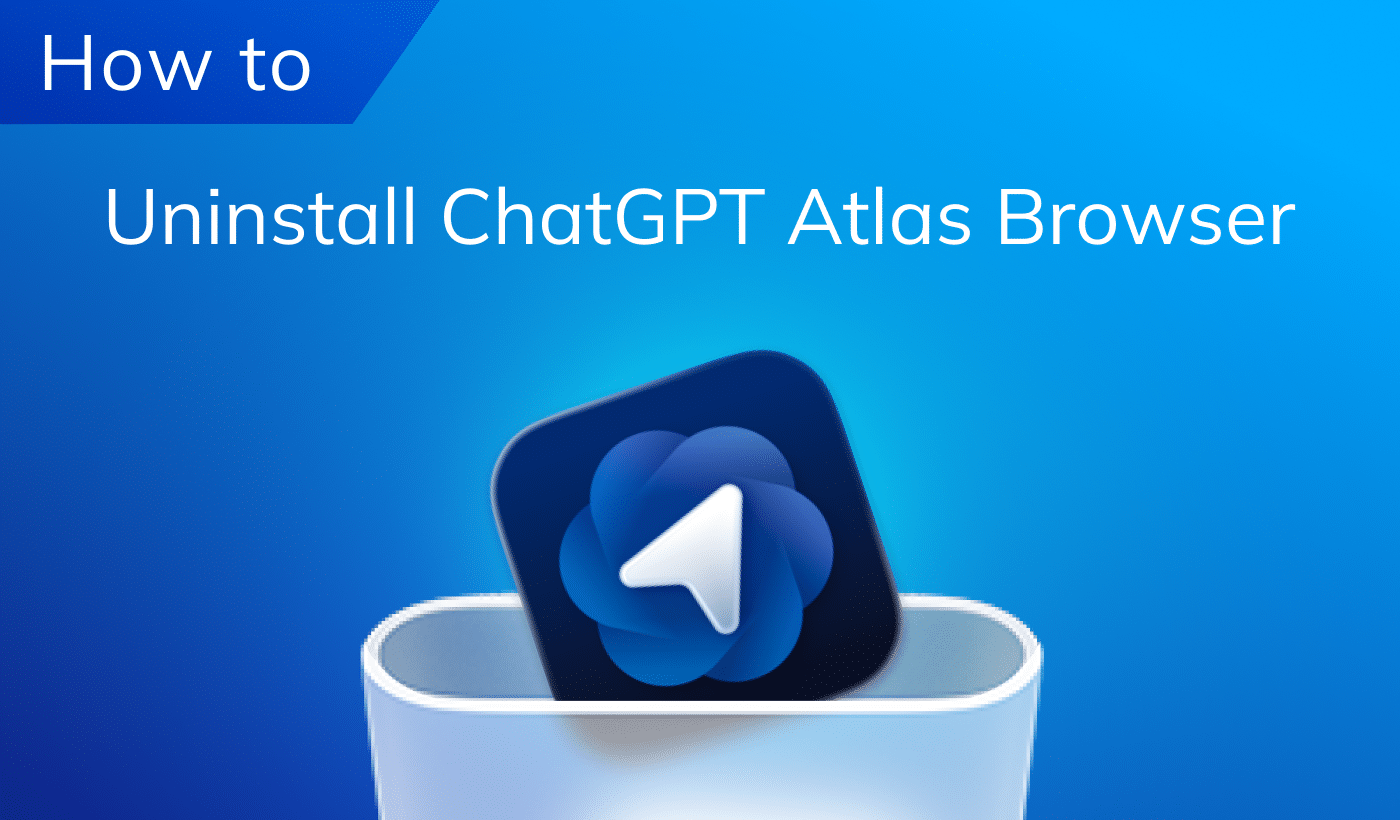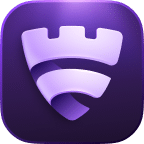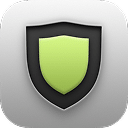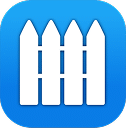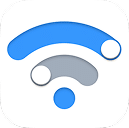October 17, 2025
Top firewall apps for Mac in 2025: Protect your Mac like a Pro
Cybercrime in 2025 isn’t just noise in the headlines – it’s a storm that keeps getting louder. This year, 76% of companies faced ransomware attacks in 2025. If big firms with million-dollar security budgets are at risk, what about your Mac at home or work?
Here, a firewall is your safety traffic light, green for trusted connections, red for shady stuff. With the right firewall, you stay in control of what leaves and enters your Mac.
In this guide, I’ll help you compare the best firewall apps for Mac. From lightweight tools to pro-grade setups, you’ll see their features, pros & cons, so you know exactly which firewall fits your style, whether you want maximum control or set-it-and-forget-it protection.
Why you need a firewall on a Mac
Your Mac talks more than you think. Every app, update, or background service is trying to connect somewhere. Some of those connections are harmless, others – not so much. I don’t want to exaggerate, but firewall off is a threatening sign for a Mac. Without a firewall:
- You don’t really know what’s leaving or entering your Mac.
- Hackers can exploit open ports to infiltrate your system.
- Sensitive information can leak over unsecured connections.
- Your Mac can be used as a gateway for attacks on other devices.
- Background processes may be communicating with suspicious servers.
- Rogue apps can send data to unknown destinations.
- Network-based attacks like port scanning or DoS are harder to stop.
- Spyware and adware can transmit data without alerts.
- Malicious bots could leverage your Mac within botnets.
- Any weak or misconfigured app is a potential network hole.
- Malware can slip in, stealing info in the background.
A firewall steps in as your filter. It watches the traffic, blocks strangers, and makes sure only trusted apps and safe data get through. That’s not paranoia, it’s prevention. Practice shows that 64% of organizations using firewalls cut down their attack surface. And it works not only for them, it works for your Mac too.
And it’s not just businesses. At home or on the go, a firewall shields your Mac from hidden background connections, protects your privacy, and even helps you save data when traveling. It’s the lock on your digital front door – quiet, reliable, and always on guard.
However, a macOS firewall isn’t a panacea – it covers only the basics. Still, it’s better to set up an in-built firewall than nothing. But to get full visibility and stronger control, you’ll need a dedicated firewall app for Mac. This is why I picked the best ones to give a clear picture and help you take the firewall that matches your needs.
How I compared options
There are dozens of firewall apps out there, but not all of them are worth your time. To make this list, I set clear rules for myself. I wanted tools that real Mac users, like you and me, could actually rely on. No clunky software, no outdated junk.
My goal was to provide a transparent view of each tool, as much as possible, so that it would not be a mystery box for you after installation. I checked all the firewall software on a MacBook Pro M3 with Tahoe 26.
Here’s what I looked at:
- Level of control. Does the app give you just basic blocking, or can you dive deep and manage every connection?
- Ease of use. Can you install it, open it, and actually use it without a manual the size of a phone book?
- Features that matter. Does it just flip traffic on/off, can it monitor, log, block malicious sites, phishing, or do extra stuff like traffic history, DNS encryption?
- Price vs. value. Some apps are free, others cost more than dinner for two. I compared what you actually get for the money.
- Reputation and updates. I made sure the tools are trustworthy, regularly maintained, and not abandoned by their developers.
Comparison table: Top firewalls for macOS
|
|
|
|
|
|
|
|
|---|---|---|---|---|---|---|
| Type | Application-level | Application-level | DNS-level | Application-level | Application-level | Application-level |
| Price | $0 | €59 one-time | $9.99 yearly | $0 | $15 one-time | $9 one-time |
| Trial | Free | Yes | Yes | Free | Yes | Yes |
| Real-time monitoring | ||||||
| Instant block/ allow apps | ||||||
| Data usage stats (per app & system-wide) | ||||||
| Minimal pop-ups | ||||||
| Outbound filtering | Limited (DNS requests only) | Limited | ||||
| DNS encryption | ||||||
| Curated blocklists (ads, malware) | ||||||
| Advanced custom rules | Limited | |||||
| Core Focus | Free, simple control | Full visibility + rules | DNS filtering, stops threats early | Easy real-time monitoring | Flexible rules + inbound filtering | Silent blocking |
FireWally for Mac
|
|
Price: Free |
|---|---|
| Compatibility: macOS 13 or newer (Tahoe compatible) |
FireWally is designed to give you clean, instant control over your Mac’s network traffic. It puts real-time monitoring front and center: you see which apps are talking to the Internet, how much data they consume, and where the traffic goes.
The standout here is simplicity. FireWally feels like a remote control for your Mac’s connections – one click to block or allow an app. The app goes further than just yes/no blocking. It gives you real-time data usage for every app, plus system-wide totals. You can even track activity over the last hour or day to spot background hogs.
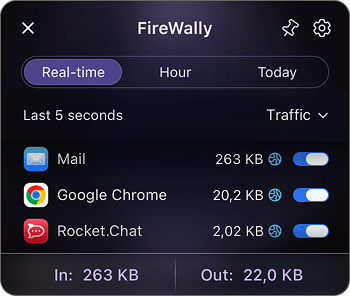
On the road? FireWally helps you save roaming costs by cutting unnecessary connections before they chew through your plan.
It doesn’t drown you in complex rule sets or maps. Instead, it’s a straightforward, free option for anyone who wants visibility and control without paying for extras.
Pros:
100% free, no paywall
Real-time per-app and system data stats
One-click allow/block interface
Cons:
No outbound filtering
No extra features
Lacks customization options
Little Snitch
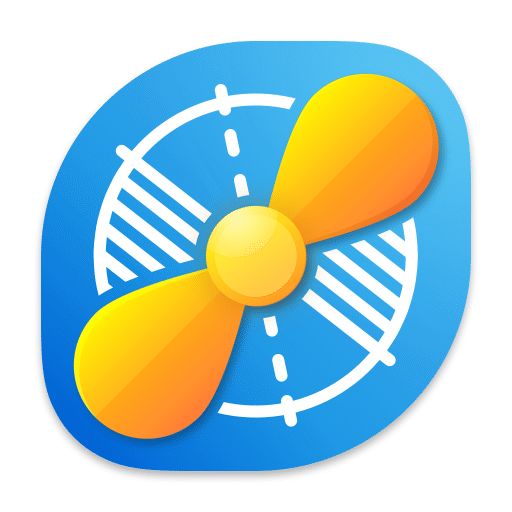
|
Price: €59 one-time (demo available) |
|---|---|
| Compatibility: Little Snitch v. 6.3 is compatible with macOS 14.0 or newer |
Little Snitch is the heavyweight of Mac firewalls. It doesn’t just block, it shows you a lot. Outgoing connections, server locations, ports, protocols, and even a real-time global map of who your Mac is talking to. For detail lovers, it’s pure candy.
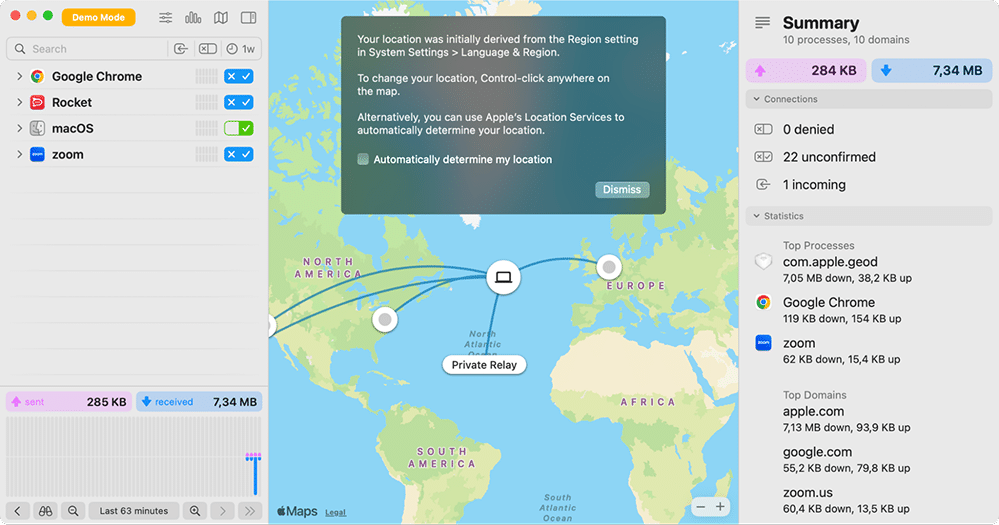
The workflow is flexible. You get alerts in real time, and you can allow or block with one click. Profiles let you set custom rules for home, work, or public Wi-Fi. Curated blocklists (ads, trackers, malware) update automatically, and DNS encryption keeps your traffic private. It even logs months of history, so you can look back and see patterns.
It’s heavier than simpler firewalls: you’ll see more alerts and options, and you’ll need to spend a bit of time fine-tuning rules. But if you want complete transparency into what your Mac is doing online, Little Snitch is hard to beat. Best for power users.
Pros:
Deep traffic visibility with charts and maps
DNS encryption and curated blocklists
Highly customizable rules
Cons:
Frequent overwhelming prompts
Complexity overkill for simple users
High price
DNS Firewall by KeepSolid
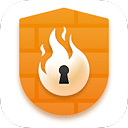
|
Price: $9.99/year |
|---|---|
| Compatibility: macOS 10.15 or newer |
DNS Firewall by KeepSolid takes a different approach. Unlike app-level firewalls, it works at the DNS level. With a single tap, you can block malware domains, phishing sites, trackers, shady categories, all cut off in real time.
It’s not about micromanaging apps; it’s about proactive network defense. Setup is simple. You tap to block whole categories (ads, adult content, gambling, etc.) or add custom domains.
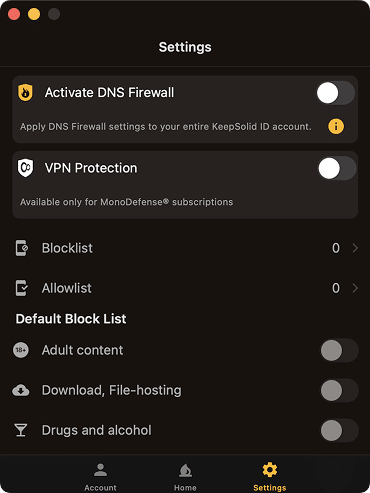
DNS Firewall encrypts your DNS queries, updates its threat database in real time, and offers curated blocklists to keep harmful sites away.
If you’re after protection that feels invisible and doesn’t bug you, this is a solid pick. Best for everyday users on Wi-Fi.
Pros:
Encrypted DNS with real-time updates
Category-based blocking (ads, trackers, adult, etc.)
Stops threats early at the DNS level
Cons:
Doesn’t monitor per-app traffic
Limited control compared to app-level firewalls
Subscription-based, no one-time purchase
LuLu
|
|
Price: Free (open source) |
|---|---|
| Compatibility: macOS 10.15 or newer |
LuLu is the people’s firewall. It’s open source, free, and does one job very well: blocking unknown outgoing connections until you explicitly allow them. Each new connection attempt triggers an alert, letting you decide in real time.
It’s lightweight, transparent, and for those who want basic per-app control without paying. LuLu automatically trusts signed Apple/system apps, reducing some noise. Rule creation is simple but not as advanced as pro tools.
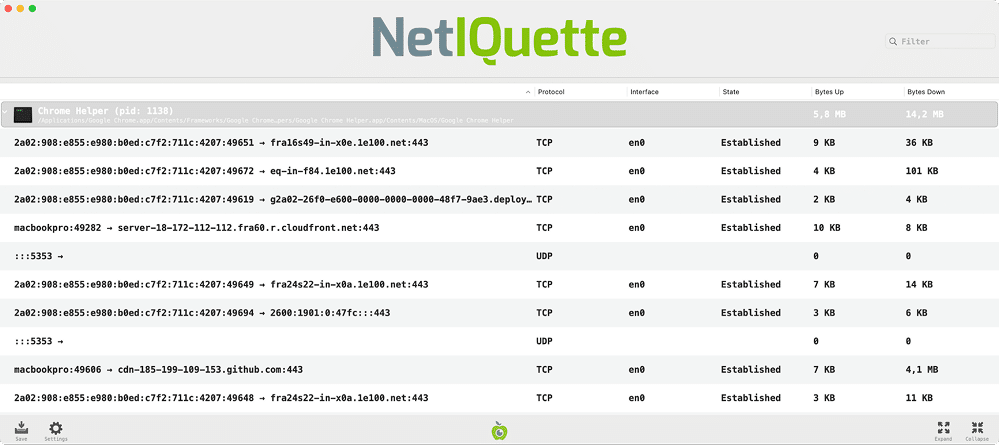
If you want open-source and free protection with decent coverage, LuLu is a strong choice. Just don’t expect features like traffic history or usage charts. Best for budget-conscious users.
Pros:
Completely free & open source
Real-time alerts for new connections
Blocks unknown outgoing connections
Cons:
Limited customization
Limited logging and traffic history
Cluttered popups and basic interface
Vallum
|
|
Price: $15 one-time license |
|---|---|
| Compatibility: macOS 11.2 or newer |
Vallum is like a lighter cousin of Little Snitch. It focuses on inbound and outbound filtering with strong customization, but keeps the interface friendly. It supports rules by hostname, domain, app group, and even rules based on your current network (like SSID).
Unlike kernel-level firewalls, Vallum runs fully in userland using Apple’s extensions, meaning it’s lightweight and secure on modern macOS. The powerful rule editor makes it attractive to advanced users, but it can also run in the background quietly with pop-ups.
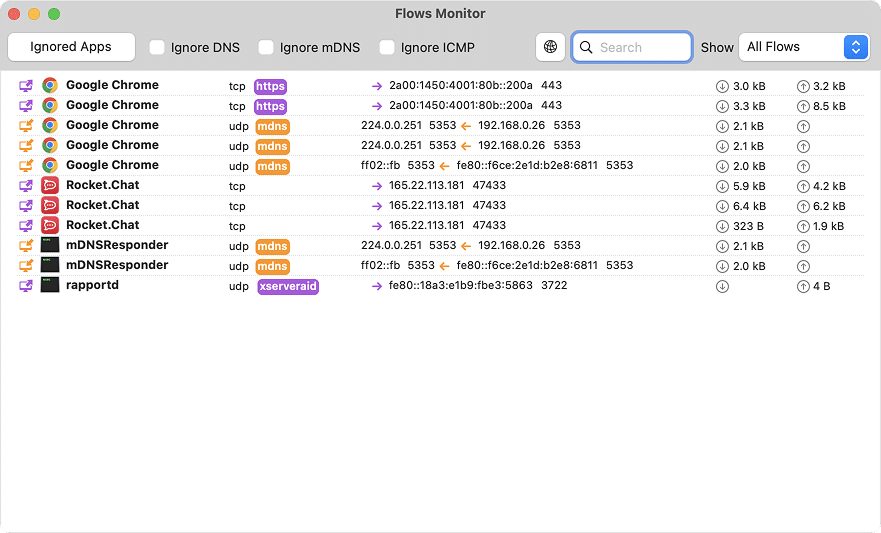
It’s highly flexible, especially for users who want more control without diving into Little Snitch’s level of detail. Best for users who want flexibility.
Pros:
Affordable one-time purchase
Inbound + outbound filtering
Nice rules editor with fine-grained filters
Cons:
No DNS filtering or curated blocklists
More manual setup than simpler tools
Not beginner-friendly
Radio Silence
|
|
Price: $9 one-time license |
|---|---|
| Compatibility: macOS 10.15 or newer |
True to its name, Radio Silence works quietly in the background. There are no endless pop-ups, no cluttered dashboards. You get a simple list of apps, and you block what you don’t trust.
It also has a real-time monitor to show which apps are talking online. It blocks apps, helpers, and child processes from ‘phoning home’. You get a per-app blocklist and a clean monitor view, but no detailed charts, rules, or encryption features.
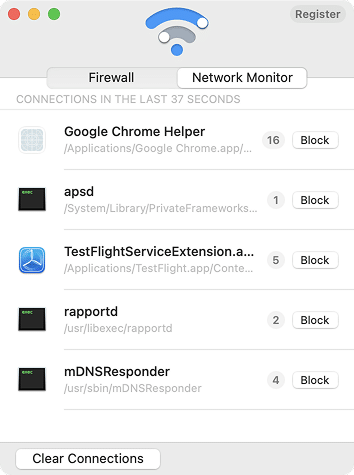
If you want something simple, light, and silent, Radio Silence is perfect. It’s one of the cheapest options. Best for minimalists.
Pros:
One-click blocking per app
Quiet, no intrusive pop-ups
Cheap one-time license
Cons:
No traffic stats or history
No advanced rule system
Lacks advanced rules or extras
Final tips for keeping your Mac secure
A firewall is one of the best shields you can put between your Mac and the Internet. But on its own, it’s not the whole armor. To keep your Mac truly safe in 2025, layer a few good habits and tools on top:
- Keep macOS updated. Apple patches security holes regularly. Delaying updates leaves cracks open for attackers.
- Limit what runs at startup. The fewer background apps calling home, the fewer potential leaks.
- Be careful with Wi-Fi. On public networks, combine a firewall with a VPN for stronger privacy.
- Review permissions. Some apps ask for more access than they need. Revoke unnecessary ones in System Settings.
- Back up regularly. Whether with Time Machine or iCloud, backups protect you if ransomware or failure strikes.
- Use Startup Security Utility. In macOS Recovery, you can enforce secure boot settings and block unauthorized external media from loading your Mac.
- Run antivirus software. Even Macs can pick up malware, ransomware, or adware. A lightweight antivirus helps catch what slips through.
Final takeaway
So, which firewall should you choose? That depends on your style.
- If you love detail, charts, and full transparency, Little Snitch is your playground.
- If you want DNS-level protection, KeepSolid DNS Firewall gives you that.
- If you prefer open-source and free, LuLu has your back.
- If you need flexibility without going too deep, Vallum hits a sweet spot.
- If you want something quiet, lightweight, and no-nonsense, Radio Silence fits.
But if you’re after simplicity, clarity, and zero cost, FireWally stands out. You get real-time visibility, instant one-click control, and per-app data stats that actually make sense. For most Mac users, that’s all you need to feel in control and stay secure without adding friction. It’s free, clean, and straight to the point.
